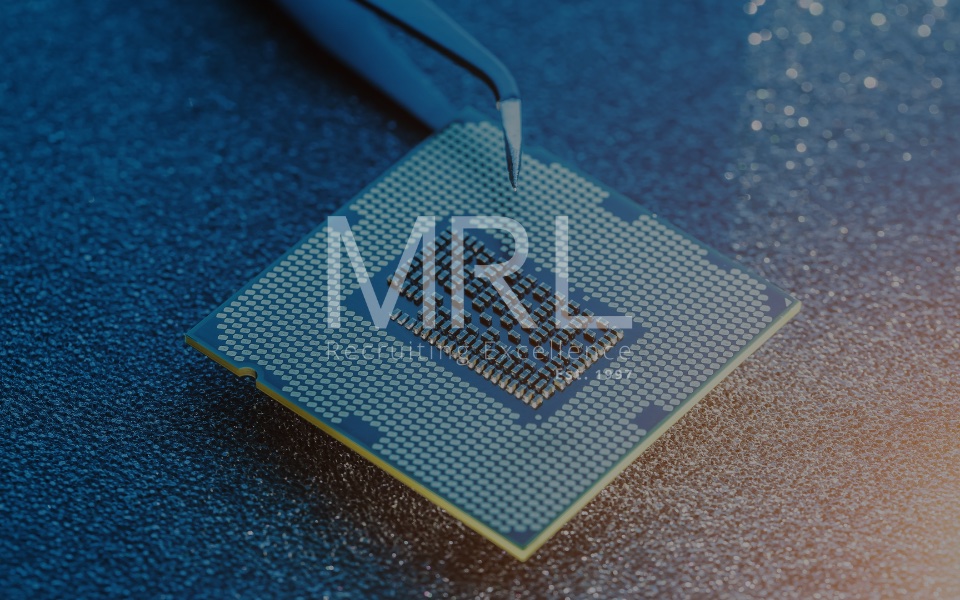The Radiopharmaceutical Renaissance
06 Mar, 20243 minsThe RadioPharmaceutical Renaissance; What is making this 1940s therapy a modern-day hit?The ...

The RadioPharmaceutical Renaissance; What is making this 1940s therapy a modern-day hit?
The Life Sciences and Pharmaceutical industries constantly strive to find new therapy areas to progress modern medicine. So to see a therapy area that was, in some way, first introduced in 1941 picking up so much interest and investment seems somewhat counterintuitive to the typical nature of the industries. Whilst Radiopharma isn’t anything new, it has evolved from something that was typically used for diagnosis & discovery (think x-rays) and not therapy. Thanks to the developments happening within the industry, Radiopharmaceuticals have become far more sophisticated and accurate in its application compared to when it was first introduced in the 1940s, and the results have been incredible.
One of the main use cases for Radiopharmaceutical therapies (RPT) is to target and treat cancer cells. Thanks to both innovation and investment in the industry, cancer cells can be specifically targeted by radioisotopes that bind to biological molecules, emitting radiation and destroying the specific cells, largely sparing surrounding healthy tissues. In this case, cancer cells can be targeted and destroyed in a fairly non-invasive and safe way.
As mentioned, these developments are in part thanks to the record levels of investments in the oncology market. The market as a whole is expected to rise to a $377 billion market by 2027, according to Statista, more than double the next largest therapy area. It’s thanks to this investment that has allowed Radiopharmaceutical therapies to become so pivotal in the Life Sciences Industry and the fight against cancer.
One example that highlights this therapy’s popularity and effectiveness is Endocyte’s Pluvicto. Novartis acquired Endocyte in 2018, and in 2023, sales of this one specific radiopharmaceutical reached $980 million, its first full year on the market. Following Novartis’ lead, several large pharmaceutical companies have begun to invest in this area through mergers and acquisitions.
Bristol Myers Squibb (BMS) acquired RayzeBio for $4.1 billion at the end of 2023. RayzeBio has multiple RPT products, including RYZ101 which is currently in phase 3 and phase 2 trials.
Eli Lilly also joined the race, acquiring Point Biopharma for $1.4 billion, just as Point Biopharma received positive trial feedback in a phase 3 trial for the RPT.
Ratio Therapeutics and Nucleus RadioPharma have both received funding in recent years, securing $50 million in Series B funding and $56 million in Series A funding respectively.
All of this investment comes at a time when funding for biotechs has become somewhat scarce, highlighting the industry’s interest in RPTs, as well as how confident they are in this therapy area.
Interested in a new role in the oncology market? Get in touch with our Life Sciences team today to find out about the clients we're currently representing:
+44 (0)1273 320 860




